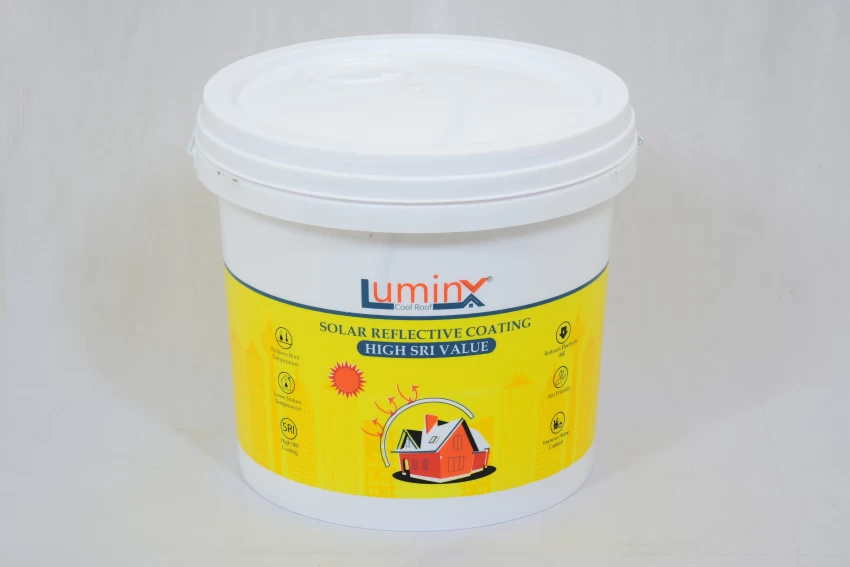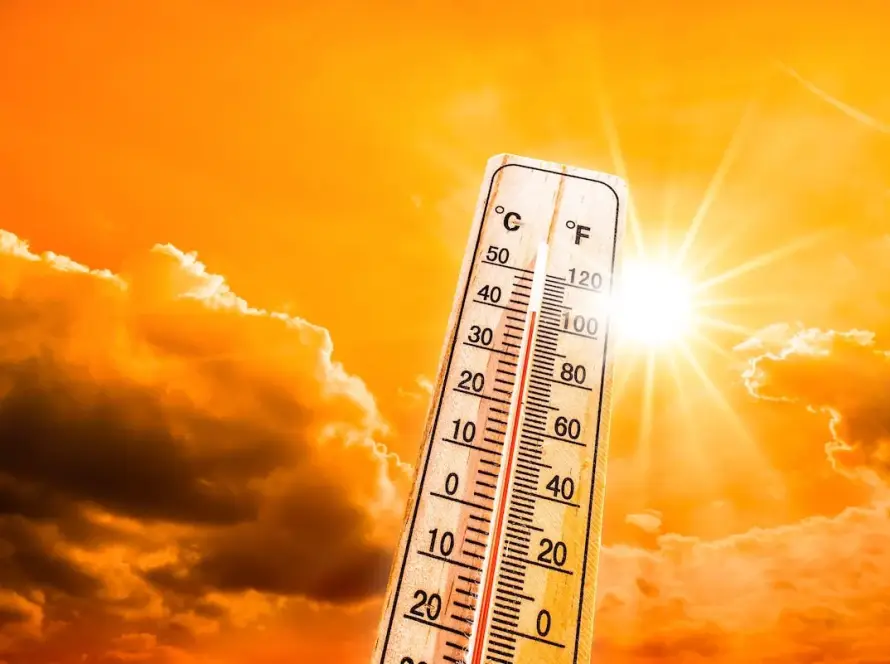Keeping cool is essential for many people in a place where hot, humid days are common. Yes, individuals can beat the heat by sipping ice-cold drinks or installing air conditioning units, but did you know that a specific type of roof paint can also help in this endeavour?
If you are working in a humid and sunny location, consider using excellent paint on your next roofing project. Learn more about the several kinds of this cooling paint for roof, why it works in humid tropical environments, and how to apply it to your next project.
How Does a Concrete Roof Get So Hot?
Because of its density and minimal porosity, heat transfers rapidly through concrete. This quality makes concrete roofs great heat traps, allowing them to keep heat in far after the sun goes down. This causes the building to radiate the heat it absorbs throughout the day, raising the temperature. It is necessary to manage heat transmission in concrete roofs because this phenomenon causes discomfort and increases cooling costs.
Roof cooling paint: what is it?
Summer seal heat reflective paint reflects solar energy into space, lowering interior temperatures. Acrylic resins and aluminium flakes are typical paint components.
Aluminium flakes reflect light back to the sky, reducing your roof’s solar energy absorption.
How Does This Cooling Paint Work?
When sunlight hits a roof, it can reach deep into its structure. When some of this sunshine passes through the insulation on the roof, the air in the attic gets warmer.
Vents and crevices in the roof allow this heated air to escape as it climbs. The heated air’s capacity to retain water vapour decreases as it ascends, so rain and snowmelt from the sky end up on the roof.
This process repeats until the roof’s water supply is depleted. At this point, the roof starts to absorb more heat from the sun and gets exceedingly dry.
A cool roof does not collect as much heat during the day. It also prevents ice dams by keeping moisture overnight.
Heat resistant paint reflects sunlight into space. The paint’s darkness means it lets through very little light.
Since the roof is painted, it absorbs less heat.
Why Are Cooling Paints Needed?
There are several good arguments in favour of using roof-cooling paints. Consider the following:
Reducing Heat Gain
A major perk of cooling paint for roof is keeping your roof cooler. This results in less strain on your HVAC system and less noise from fans, keeping the interior at a pleasant temperature.
Protect Against Bad Weather
Roof-cooling coatings also protect against tornadoes and hurricanes.
Cut Energy Costs
Your monthly power expenditures might be reduced by installing roof cooling paints.
Boost the Worth of Your Home
Those with cool roofs typically fetch a premium price when sold compared to those with flat or warm roofs.
Make Things More Secure
Due to their ability to reflect rather than absorb sunlight, roof cooling paints lessen the likelihood of fires. They also help find leaks before they cause harm.
Roof insulation and cooling are different
Summer seal heat reflective paint is often confused with roof insulation. However, the two roof treatments actually accomplish different goals. Insulation blocks heat from leaving your roof, while roof cooling coatings keep heat in.
Live in a wind-free area to maximise roof insulation. Roof-cooling reflecting paints may be useful in windy areas.
Why are roof cooling paints better than insulation?
Roof-cooling coatings outperform insulation. Among these are:
• Roof cooling paints are more affordable than insulation for the roof. They are typically less expensive compared to insulation for roofs. As a result, energy bills will be less costly for you.
• Roof-cooling paints are a great way to keep the heat out of your house. They work best in milder conditions.
• Insulation for roofs doesn’t last as long as Heat resistant paint. It has a far longer lifespan than roof insulation, which typically only lasts around five years.
• Roof cooling paint doesn’t need to be touched up very often. Roof insulation requires annual cleaning, although this is unnecessary with this material.
How Do I Know If My Roof Needs Roof Cooling?
Examining the level of insulation on your roof will help you determine if it is necessary to install roof cooling. With insulation, heat stays inside rather than escaping through the walls and ceiling.
Roof cooling is unnecessary if your roof is well-insulated. But it is likely necessary if it isn’t insulated well enough.
Here are some things to keep in mind while you examine your roof:
• Roof—Check the tiles and any spaces between them.
• Walls – Inspect the walls for cracks or openings around doors and windows.
• Floor — Check the floor joists and any spaces between them, also known as the beams.
• Gutters – Examine the downspouts and gutters for any damage or holes.
• Attic – In the attic, you can find mould and water stains, which are leak symptoms.
How Long Will Roof Cooling Paint Last?
A number of variables affect how long roof cooling coatings last. Consider factors such as the paint you apply, the roof’s temperature, and the period between layers.
Yet, the typical lifespan of cooling paint for roof is around five years. After this time frame, the paint begins to fade. You should now recoat the surface.
Can I Use Roof Cooling Paint On A Metal Roof?
The answer is yes; Heat resistant paint may be applied to metal roofs. Metal roofs absorb heat because they are usually coated black. Overheating your roof can be prevented with the use of roof-cooling paint.
Conclusion
When it comes to efficient, cool roofing, go no further than LuminX Cool Roof Coatings. If you’re looking for a way to beat the heat in your home or business, LuminX is the way to go. When used extensively, it can reduce surface temperatures by as much as 40% by reflecting sunlight. The best Summer seal heat reflective paint, LuminX, can increase your comfort and decrease your energy bills.




